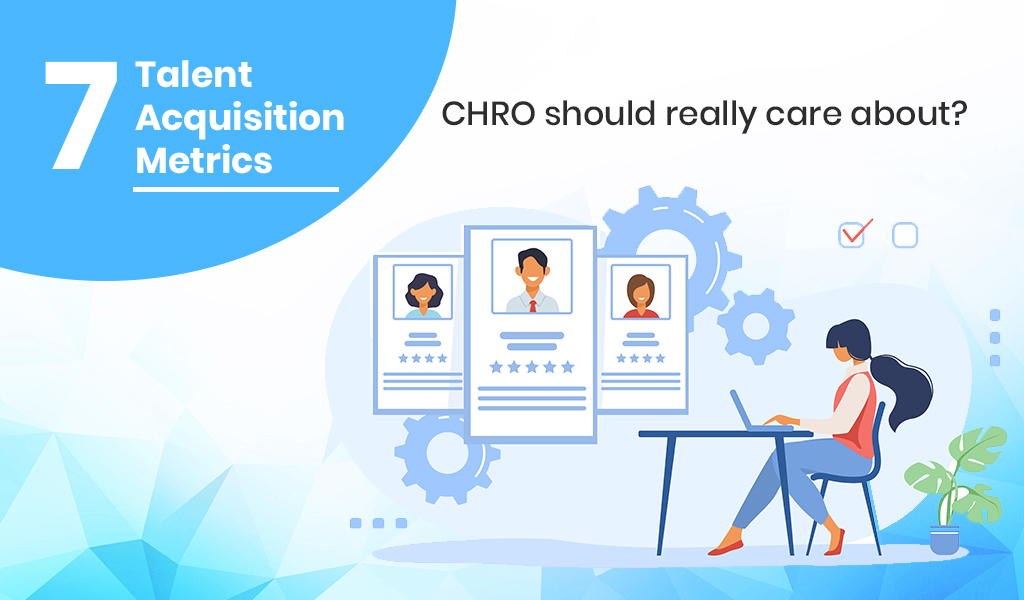Talent acquisition has a lot to do with metrics and Key performance indicators. CHRO has certain KPIs that they need to take into consideration while selecting a candidate. The Talent Acquisition Manager must make sure they scout talent based on the metrics and deep performance insights.
Here are 7 talent Acquisition Metrics that a CHRO must really care about while planning a Talent Acquisition strategy:
- Time to Start: One of the most crucial and vital aspects of talent acquisition and management is the time to fill. The talent acquisition manager must use these metrics to determine the efficiency of the hiring process. The metric measures the average number of days after the approval of requisition and divides the same with the total number of new hires. Based on the calculation, one can anticipate hiring expectations optimally. Also, the Talent management software can help you to compute and calculate time to start by facilitating the calculations and providing you with precise results.
- Cost per Hire vs Cost per vacancy: Calculate cost per hire by summing the costs of travel, advertising, interviews, employee relocation, referral bonuses, and other parameters.. Calculate cost per vacancy by dividing the company’s revenue per employee by the number of working days. Top management and executive roles have a higher cost per vacancy. The talent acquisition software allows one to know the exact cost per hire as well as the cost per vacancy to further plan a meticulous talent acquisition strategy.
- Rating of Satisfaction: Human Resource Management includes everything right from coordination, acquisition, and selection to reviewing the employees. Employee satisfaction rating enables one to understand the experiences of new hires and other employees. Also, this rating is often overlooked but plays a major role in analyzing employee engagement and improving employee retention.
- New Growth and Attrition Rates: The Talent acquisition Managers measure new growth by calculating how many new positions in an organization are requisitioned and tallying the same with the number of employees quitting the organization voluntarily. If an organization is hiring due to higher attrition it is vital to focus on employee engagement, training, selection, succession planning, and employee development.
- Hire Quality: Online talent management software consists of several features and parameters that help one to review the quality of hire and measure their performance. Furthermore, The talent management software enables one to get a clear idea about new hire performances.
- Sourcing: Measuring the effectiveness of sources that one uses to recruit is crucial. Scrutinize various social channels such as social media, job boards, advertising, and email campaigns to determine their efficacy. To find the exact percentage divide the number of sources hired by the number of external hires. Consequently, the answer to the same determines the effectiveness of your sourcing channels.
Effectiveness Ratio: This ratio gives an indication of how many positions do you have in your organization and how many you are filling? It helps to find out if the gap is being closed or not. Divide the total number of new employees per year by the total regular headcount reporting in the organization to measure this.
The Key Take Awayṣ
Talent Acquisition is one of the most important functions of Chief HR officers. It is imperative to select the right talent for the right job position to ensure smooth functioning and higher productivity. Using metrics can enable CHRO to employ a holistic approach that will improve the quality of recruitment and talent management.




